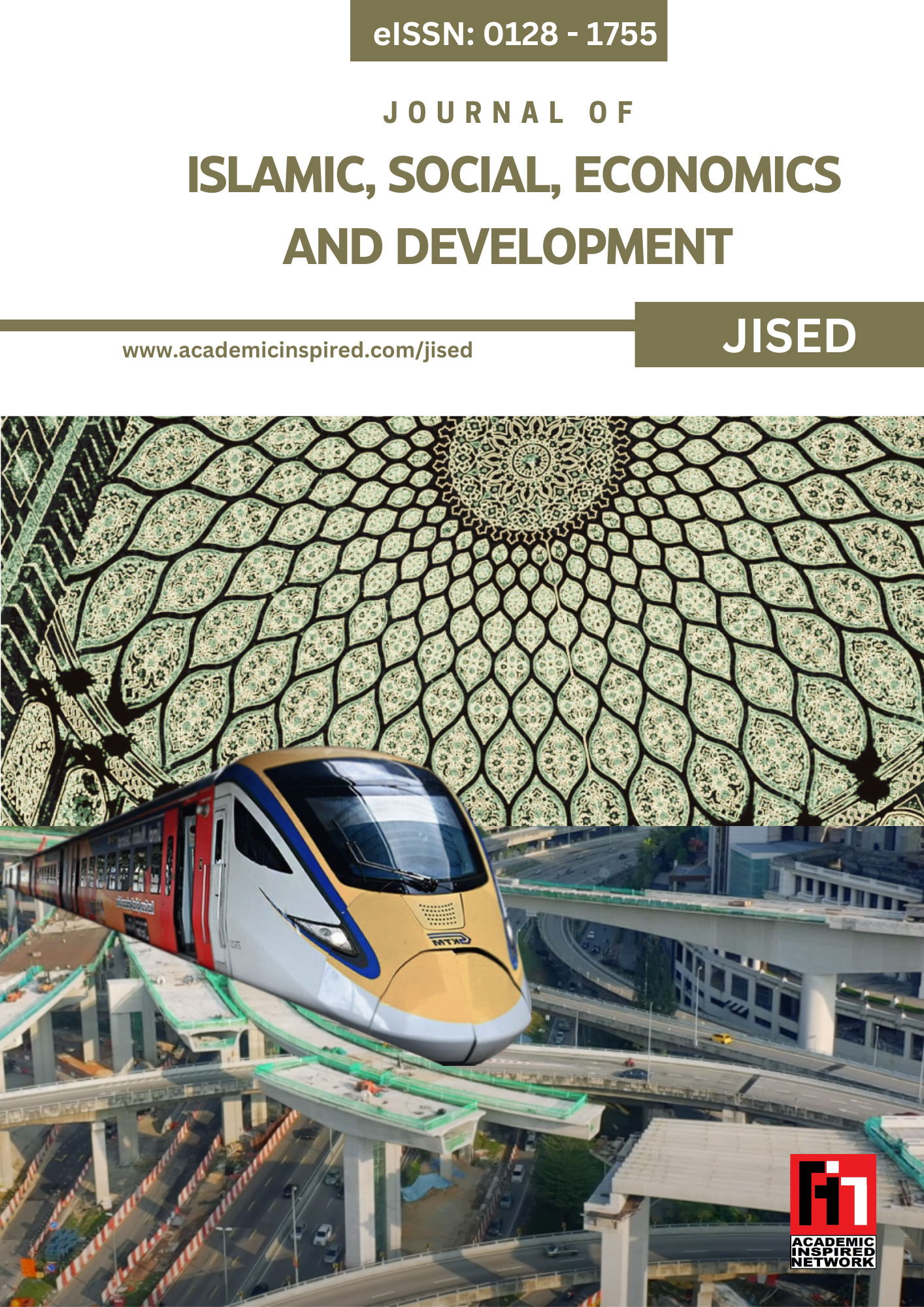The functions of code-switching among year 5 English learners
Keywords:
functions, code-switching, pupilsAbstract
This study examines the functions of code-switching (CS) employed by Year 5 pupils during English lessons in selected national primary schools in Penang Island. Eldridge’s (1996) framework on functions of CS, which comprises seven functions, is employed in this study to identify the functions of CS used by the pupils during English lessons. The samples for this study are multiethnic and were purposely chosen for this study. This study involves a mixed-methods design where data were obtained via questionnaire and semi-structured interview focusing on how pupils use CS to enhance communication and learning. Findings indicate that pupils frequently engage in CS for a number of reasons, such as to express equivalence when a concept may be more easily articulated in their native language, to hold the conversational floor where the speaker controls the conversation while searching and formulating the right word in thoughts, and to utilize metalanguage for discussing language use. Additionally, CS serves as a means of reiteration where the year 5 pupils repeat in another language for emphasis or clarity, as group membership where CS creates a bond between year 5 pupils that emphasises identity and solidarity, as conflict control in order to avoid any conflict, and as alignment and disalignment where the pupils code-switch to build rapport or to distance themselves from other speaker perspectives. Understanding these functions provides insight into how bilingual pupils navigate linguistic challenges and maintain social bonds in the classroom.













